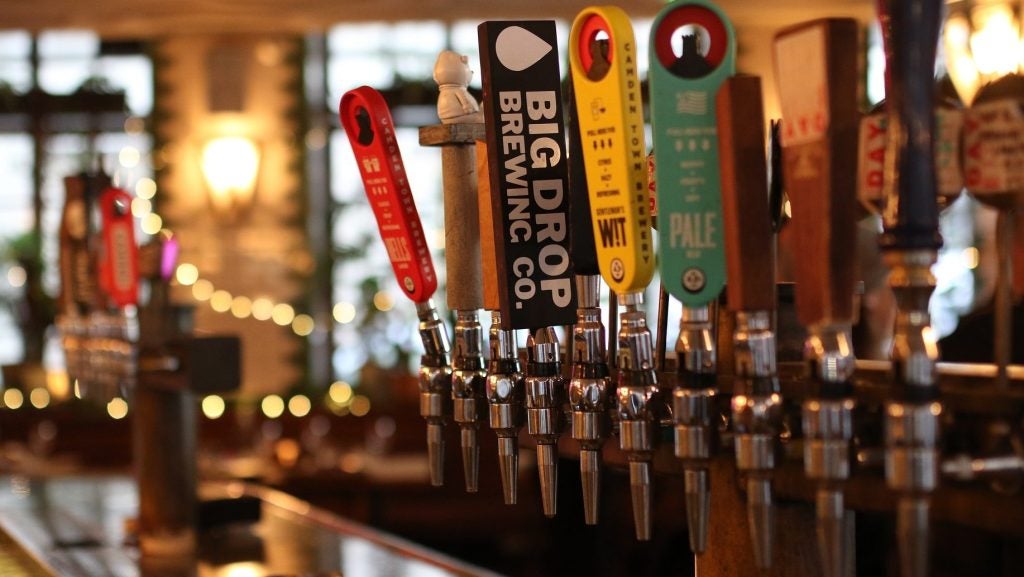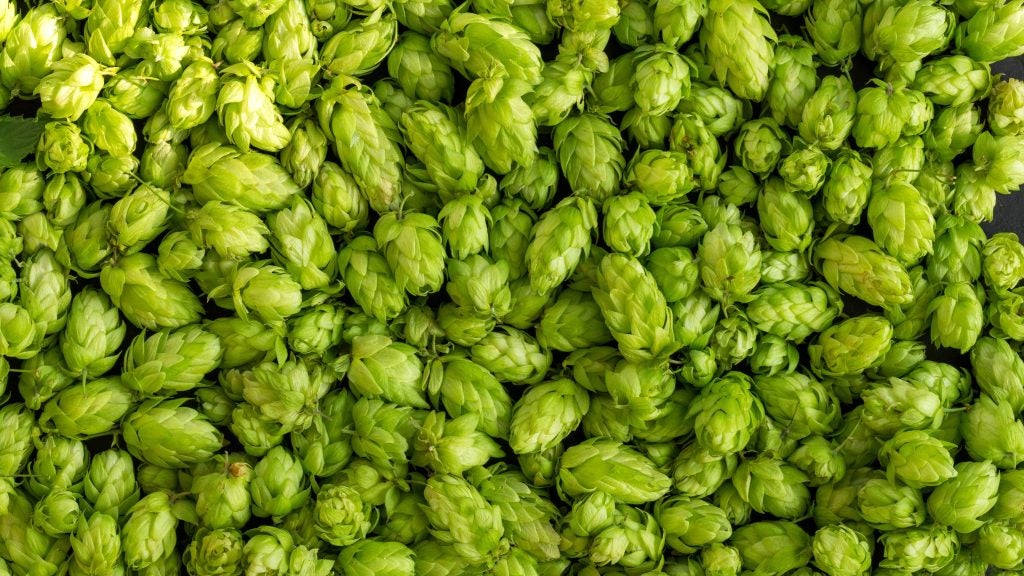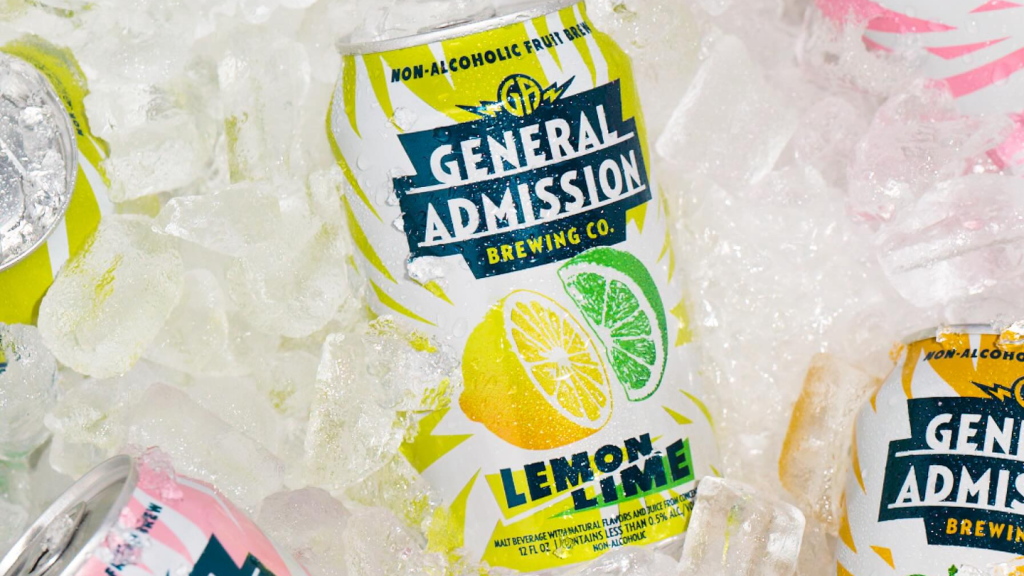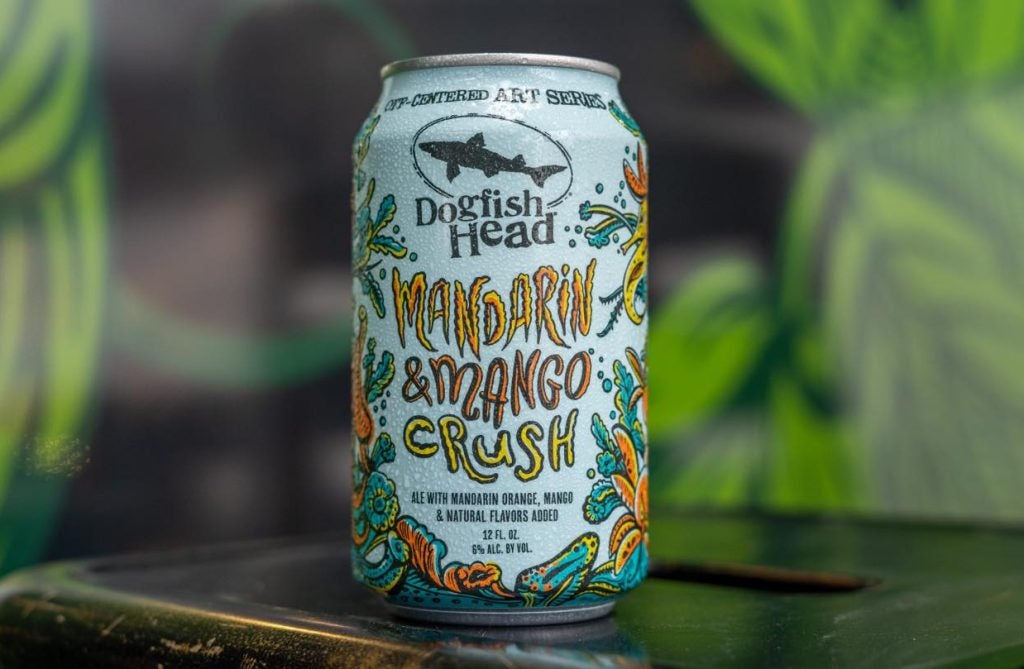 As
As
the UK beer industry reflects on one of its best summers in memory, Chris Brook-Carter
speaks to Steve Cahillane, Interbrew’s UK boss, who highlights a growing
industry unity but also continuing concerns over Christmas pricing.
It’s been something of a bumper four months for the beer industry. The
British are often accused of an interest in the weather bordering on the obsessive,
but in the case of the drinks industry this obsession is wholly justified, as
the summer of 2003 proved.
As the sun shone, so people drank. If the first six months of the year were
characterised by uncertainty over the economy and the war in Iraq, which saw
consumers cutback on leisure spending, by August the main issue facing the beer
industry was a problem of supply as the heat drove demand to unprecedented levels.
According to Interbrew’s latest UK market report, which was published
last week, in 2002 Friday and Saturday nights accounted for just 47% of the
alcohol consumed in the on-trade. In the first three months of 2003 Friday and
Saturday evening accounted for 71% of on-trade consumption, as consumers tightened
their belts during the week.
“The big question at the time was whether this was a temporary shift,
caused in response to the economic downturn, or a long-term trend reflecting
a change in consumer behaviour and a shift away from the on-trade in favour
of other leisure pursuits,” says the Interbrew report.
See Also:
“However, the arrival of the long, hot summer made such a debate irrelevant,
for the time being at least, by providing badly-needed momentum for the beer
category.”
How well do you really know your competitors?
Access the most comprehensive Company Profiles on the market, powered by GlobalData. Save hours of research. Gain competitive edge.

Thank you!
Your download email will arrive shortly
Not ready to buy yet? Download a free sample
We are confident about the unique quality of our Company Profiles. However, we want you to make the most beneficial decision for your business, so we offer a free sample that you can download by submitting the below form
By GlobalDataSuch was the extent to this momentum that it helped overshadow the sales boost
given to the sector from the World Cup last year in the same period. For the
year to the end of August, total sales of standard lager were up 4% to £5316m
(AC Neilsen), while premium lager sales reached £3990m, also up 4%.
And in just one weekend in August, sweltering weather drove extra sales of
six million pints over the two days, generating revenues of £10m for pubs.
But that is not to say that the beer industry has overcome its difficulties
in one heatwave, and the on-trade in particular has some serious issues to address.
The growth up to August was almost solely down to the take-home sector. In the
year to August on-trade sales were flat at £12,573m, while volumes fell
4% to 21,091,000 barrels. By comparison, the total off trade beer sales was
up 4% in value and 3% in volumes.
And even within the on-trade the news is not good. Beer now accounts for less
than one in six drinks served in the sector, while RTDs and wine account for
one in eight drinks, compared to one in 14 ten years ago.
“The summer also highlighted how the on-trade is continuing to lose share:
this is not down to take-home pricing, it is to do with changing consumer attitudes,”
says Steve Cahillane, Interbrew’s UK & Ireland regional president.
Cahillane told just-drinks: “To win new customers and continue to satisfy
their existing clientele, the pub experience must be better than the one people
can have drinking at home. On-trade retailers have to raise their game: product
quality is absolutely central in this but all elements of the pub experience
have a part to play.
That said, the summer seems to have provided something of a confidence boost
for the beer industry, which had been conducting a pretty heavy session of soul
searching recently, as its share continued to be eroded by other categories.
In particular, Cahillane believes there is finally a greater unity of purpose
among brewers and retailers about the key issues that need to be addressed.
“There is certainly growing appreciation of the pressing need to improve
the consumer drinking experience. A number of companies are investing to deliver
higher standards through initiatives such as chilling and dispense technology
that will improve beer quality both in the take-home market and in the on-trade,”
he says.
However, he believes the most important lesson of the summer was in the off-trade.
“I think everybody has learnt a great lesson from the summer, a period
which was challenging with some brewers coping better than others in terms of
maintaining supplies.
“The key learning is that there is far more to retailing beer in the take
home market than just selling it cheaply: it is all about getting the product
quality right, getting it to the customer in good time and having a great execution
at retail level.”
As we turn our back on the summer and begin to look forward to the other important
sales period, Christmas, the big question is whether this lesson will be taken
into the festive period. Last year, discounting got to ridiculous levels over
Christmas, with many leading brands reportedly selling at a loss, as the major
retailers used beer as a pawn in their battle for footfall.
Cahillane says: “For the retailer, price cutting drives footfall by attracting
‘floating’ shoppers who shop around for the best price over the Christmas
season. However, a price war devalues the beer category in the eyes of consumers
and helps to turn them into ‘deal seekers’ with less brand loyalty
and in the long term, this destroys value for both retailer and supplier”.
He continues: “We appreciate why retailers feel the need to cut prices
at the time of year when demand is at its highest. However, we believe it is
important that there is a balance between pricing activity and safeguarding
the value of the category. The fact is UK consumers now expect good value in
all FMCG categories: the problem is that in the beer category delivering good
value too often equates to low pricing.”
However, at this point there are encouraging signs that there could be less
pressure on pricing this year. The strong performance during the summer has
helped suppliers and retailers outstrip sales targets and so there will be less
pressure on them to ‘chase’ sales at Christmas. There will also be
no huge excess of stock following the summer, which again may persuade retailers
to hold off on excessive price cuts.
“However,” warns Cahillane, “this Christmas will undoubtedly
see some price-cutting. The fact is it only takes one retailer to spark a downward
shift because every multiple operator is now geared up to respond to pricing
movements within hours if necessary. In such a tense and competitive environment,
beer pricing can fluctuate rapidly.”







